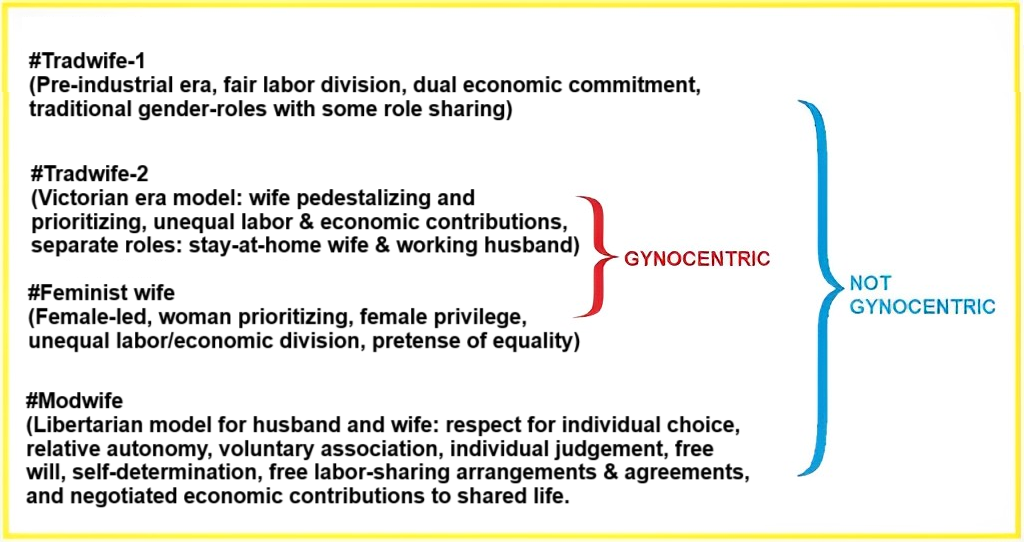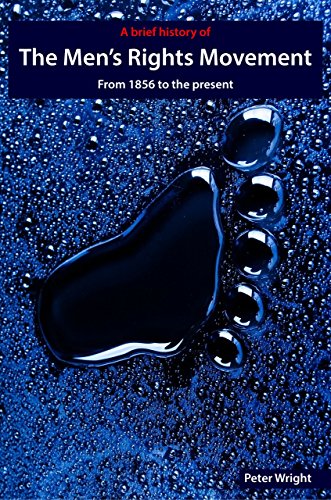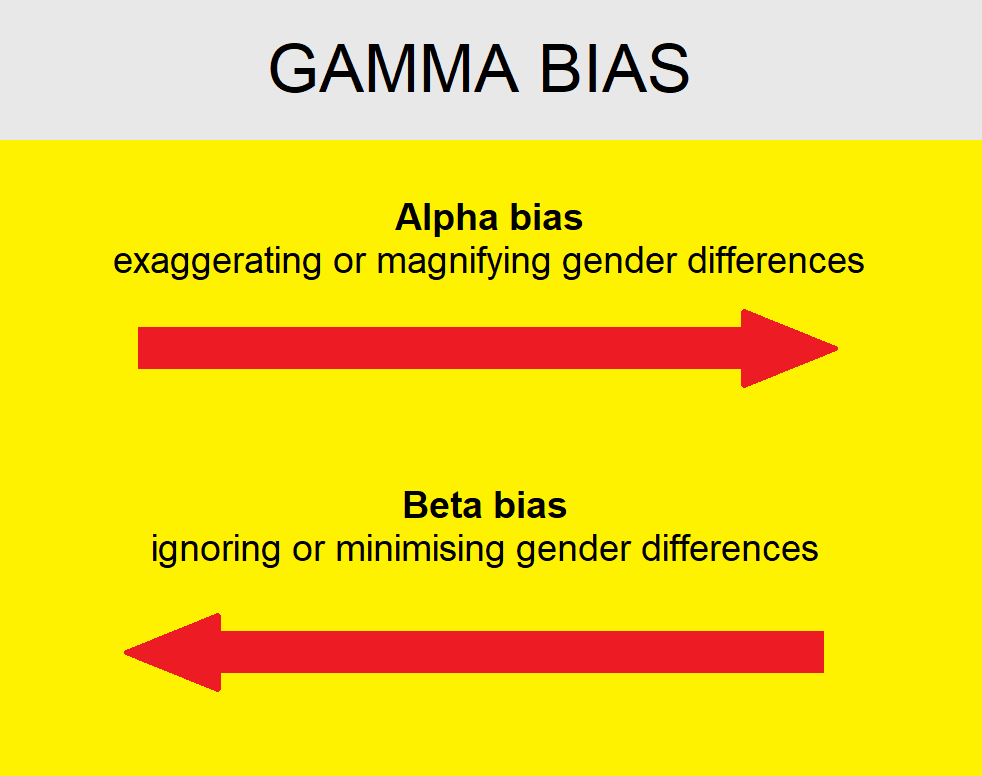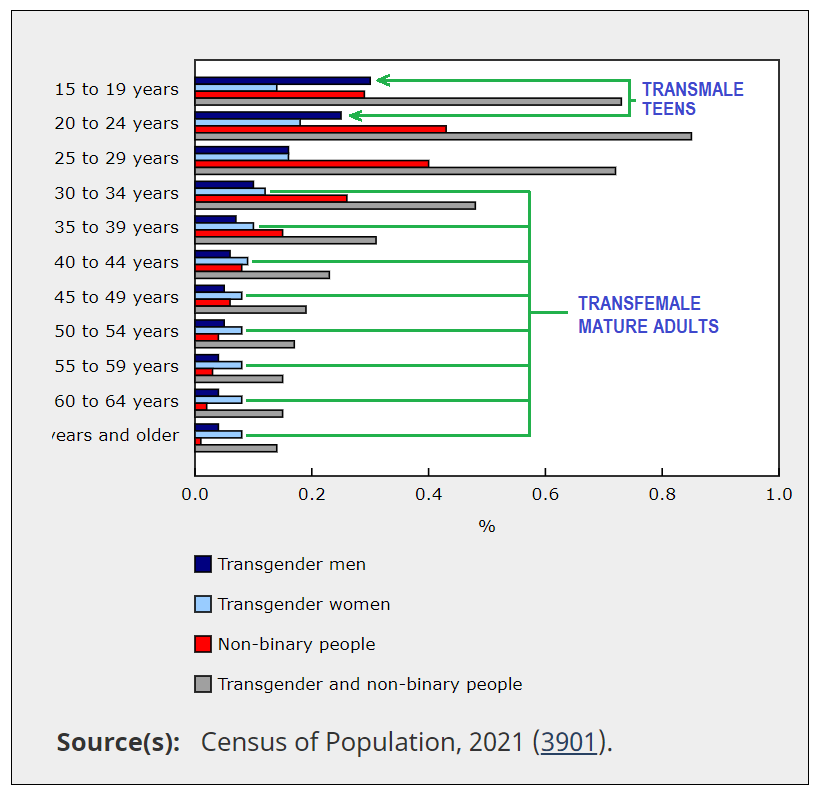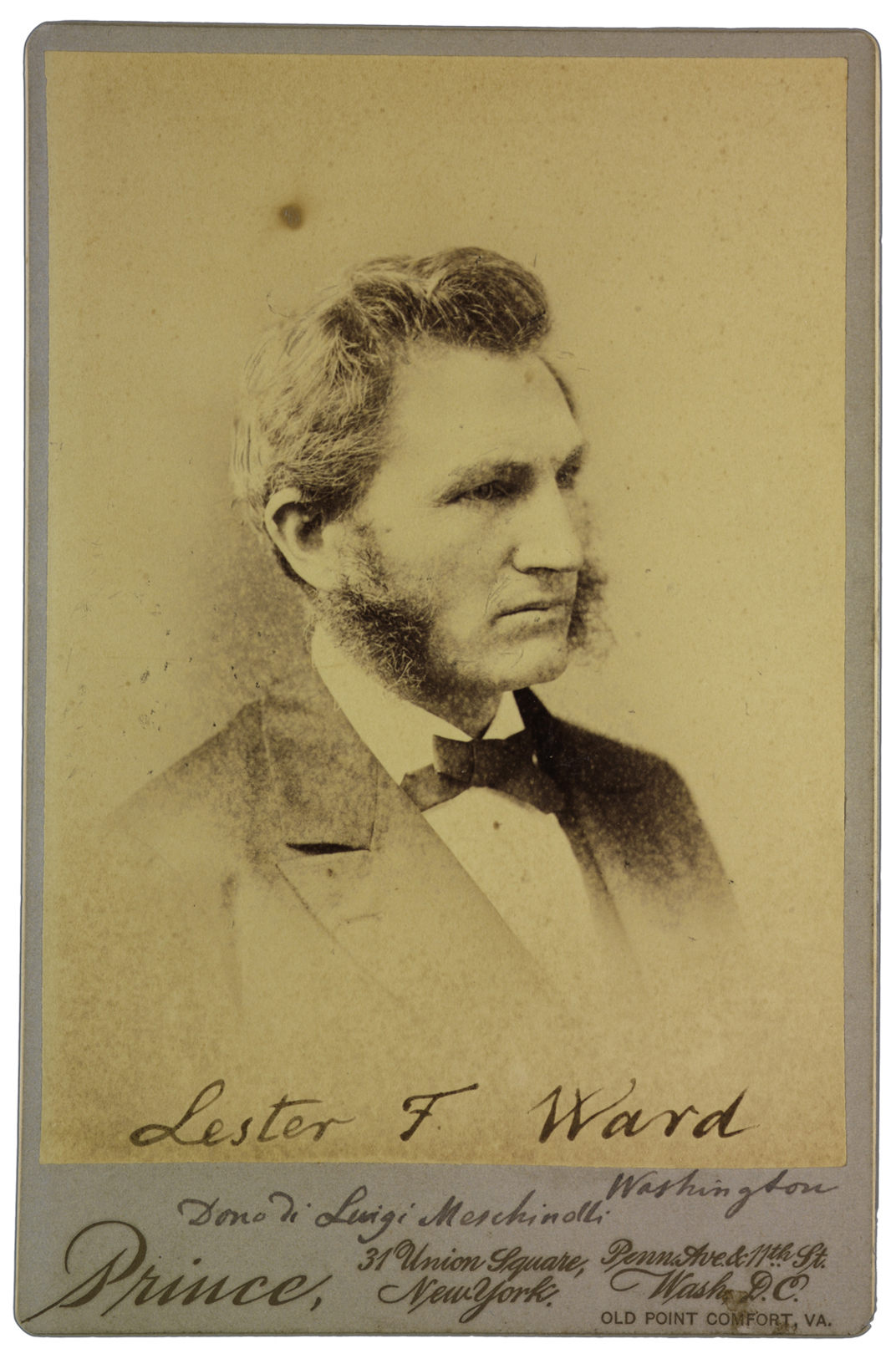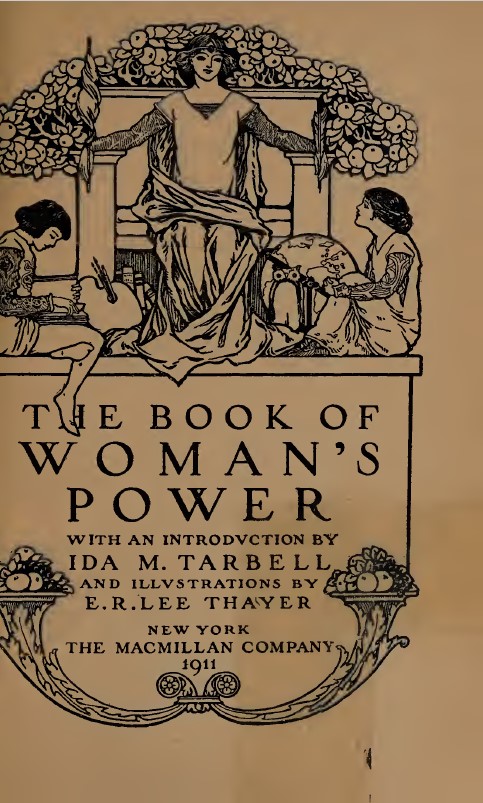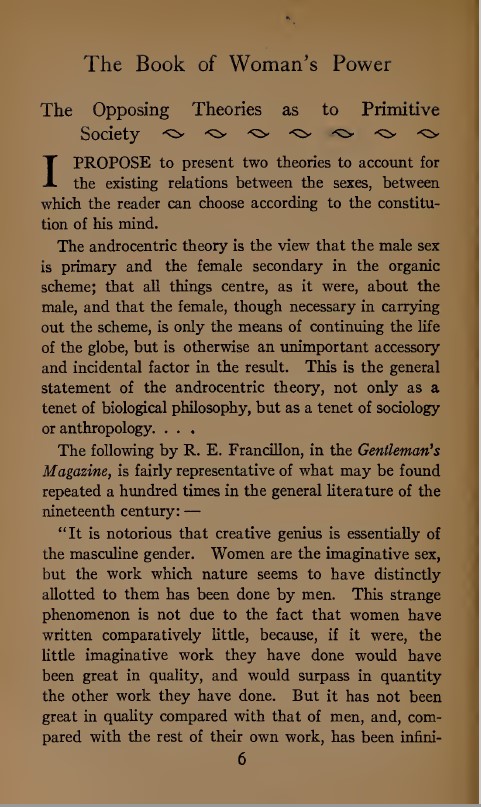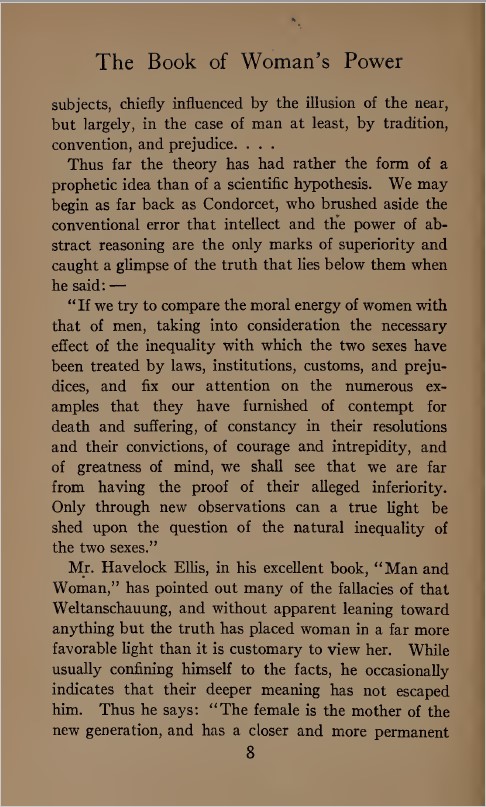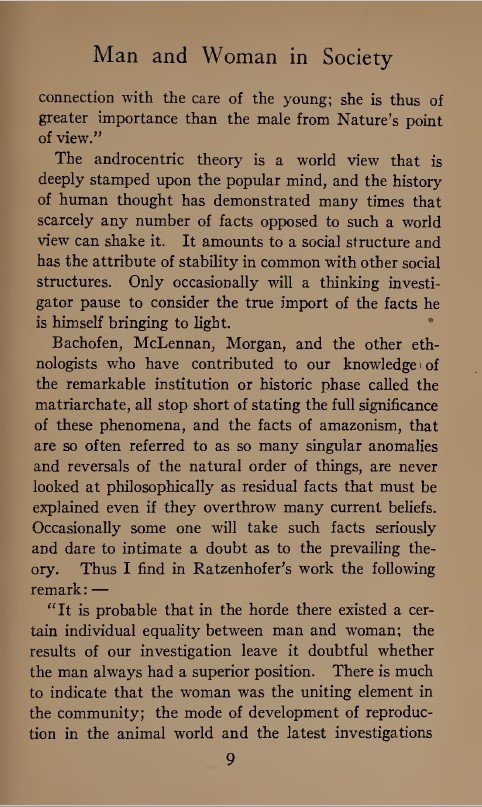The following excepts are from The Routledge Handbook on Identity in Byzantium. The chapter (23), written by Adam J. Goldwyn is titled ‘Byzantium in the American Alt-Right Imagination: Paradigms of the Medieval Greek Past Among Men’s Rights Activists and White Supremacists.’
Despite this over-the-top title insinuating that all men’s issues groups are “alt-right” (a false claim) and that they are somehow aligned with “white supremacists” (also a false association), Adam has nevertheless utilized some valid source material for his critique of the theory that cultural gynocentrism emerged during the Middle Ages, and has presented it with some fidelity. I have limited the following excerpts to the author’s critique of material on this website – gynocentrism.com. At the Notes section at bottom, I provide a few corrections to the author’s comments.
* * *
The most detailed articulation of MRA views of the Middle Ages can be found in the work of Peter Wright, whose website gynocentrism.com exemplifies these trends of men’s gender based subjugation to women and the development of specialised pseudo-jargon for describing it.a Indeed, its tagline, “Gynocentric culture was born in the Middle Ages with the practices of romantic chivalry and courtly love. It continues today relatively unchanged,”12 with its Greco Latinate title, reflects the importance of specialised pseudo-academic language to the formation of MRA ideology, while also providing the Middle Ages as the moment for the rise of this new system of male oppression.13
Wright’s “timeline of gynocentric culture” centres the medieval romance in this narrative of historical development. He begins by arguing that “Prior to 1200 AD broadspread gynocentric culture simply did not exist, despite evidence of isolated gynocentric acts and events. It was only in the Middle Ages that gynocentrism developed cultural complexity and became a ubiquitous enduring cultural norm.”14 Indeed, Wright identifies 1102 as the year when “Gynocentrism meme first introduced,” ascribing the fault to William II of Aquitaine, who, in addition to writing troubadour poetry, “part[ed] with the tradition of fighting wars strictly on behalf of man, king, God and country,” as exemplified by his having “the image of his mistress painted on his shield.”15
The second entry in the timeline comes in 1152, when William’s granddaughter Eleanor of Aquitaine began to “utilise poetry and song for setting expectations of how men should act around them, thus was born the attitude of romantic chivalry promoting the idea that men need to devote themselves to serving the honour, purity and dignity of women.”16 Thus, medieval romance becomes the vehicle by which gynocentric values were spread. Other dates in the timeline also suggest the centrality of the medieval romance: Wright specifies 1180, when Marie de Champagne directs Chretien de Troyes to write “a love story about Lancelot and Guinevere elaborating the nature of gynocentric chivalry” and the 1188 publication of Andreas Capellanus’s The Art of Courtly Love as moments of particular importance.17 The twelfth-century origins of gynocracy from within the genre of the romance is also important for MRA use of Byzantine literature since the twelfth century saw a similar revival of romance writing in Constantinople.18
For Men’s Rights Activists, the past is not a thing that merits dispassionate study for its own sake; rather, its value lies in how their interpretation of it can reveal the ways in which society continues to empower women at the expense of men. Thus, the timeline’s concluding entry, “21st century: Gynocentrism continues,” makes explicit the connection between the deep history of gynocentrism and the influence of the medieval romance on contemporary society:
The modern feminist movement has rejected some chivalric customs such as opening car doors or giving up a seat on a bus for women; however, they continue to rely on ‘the spirit of chivalry’ to attain new privileges for women: opening car doors has become opening doors into university or employment via affirmative action; and giving up seats on busses has become giving up seats in boardrooms and political parties via quotas. Despite the varied goals, contemporary gynocentrism remains a project for maintaining and increasing women’s power with the assistance of chivalry.19
In addition to giving examples of how the underlying principles of medieval chivalry manifest themselves in modern culture, Wright’s conflation of feminism with the Civil Rights movement is also a standard tactic in MRA rhetoric. Donna Zuckerberg refers to the transference of racial discourse to gender discourse as “the appropriative bait-and-switch” by which MRA members “appropriate to disastrous effect a topic that is about race and the legacy of slavery and use it to support an ideology that allows white men to restrict women’s reproductive freedom by limiting access to abortion and birth control.”20 Thus, in this instance, a historically informed reading would acknowledge that affirmative action and ending restrictions on bus seating were not policies rooted in gender; rather, they were policies of racial desegregation. The language of civil rights is thus turned to the empowerment of MRA.
[…]
In “The Birth of Chivalric Love,” for instance, Peter Wright defines several key terms, each of which has its own modern parallel. “Damseling,” for instance, “is a popular shorthand for women’s projection of themselves as damsels in distress. [ … W]omen have been taught from generation to generation to mimic juvenile characteristics via the use of makeup and vocal intonations, along with a feigning of distress typical of children–which collectively works to extract utility of men.”22 Having laid out the historical roots of damseling in the Middle Ages and in the medieval romance, Wright applies this paradigm to contemporary politics in a post entitled “Damseling, chivalry and courtly love (part two).”23
Arguing that damseling has “been referred to as grievance feminism, victim feminism, and even fainting-couch feminism,” Wright offers the contemporary example of Anita Sarkeesian, who urged that game designers diversify the kinds of characters and plot arcs available to female characters in video games, concluding that “Sarkeesian’s case is particularly poignant because, from the many subjects she could have highlighted to damsel herself for attention, she chose to damsel herself over the very existence of damsels. This demonstrates that even when disavowing the medieval pageant of damsels in distress, feminists continue to enact it even while obfuscating their complicity in the tradition.”24 Thus, the medieval archetype of the damsel in distress becomes redefined in a way that actually gives the woman agency over the men in the medieval romance, and this then becomes the paradigm for modern ways of considering gendered power dynamics.
Similarly, Wright argues that “Courtly Ladies (= Feminists). Feminists today refer to courtly ladies of the late Middle Ages as the first feminists.”25 Having redefined a commonly understood medieval concept with a counterintuitive new definition, Wright then goes on to make the connection between medieval and modern: “Not surprisingly this was the time [12th to 14th centuries] when powerful women were able to establish the female-headed “courts of love” which acted in a comparable way to today’s Family Courts in that both arbitrated disputes between couples.”26 The family court, as an institution in which women’s parental rights and bodily and economic autonomy are sometimes guaranteed by the force of the state, is a frequent target of Men’s Rights Activism. Parallel to the concept of the Courtly Lady as feminist is the Troubadour, further subdivided into Troubadour 1 and Troubadour 2. Troubadour 1 is a “PUA [pick-up artist] and Game promoter [ … whose] job was to spread the word about the virtues of chivalric love through music, song, poetry, and storytelling.”27
MRAs oppose this type of troubadour because, even though their behaviour is insincere in that they only perform chivalry as a way to “gain sex,” they nevertheless support the intellectual underpinnings of chivalry and thus gynocentrism.28 Troubadour 2 is defined as “Protofeminist Men Sometimes derogatorily named ‘manginas’. Troubadour 2 is a sincere believer in chivalric love, unlike Troubadour 1, who uses the rhetoric of chivalry only to advance his own ends. Thus, where Troubadour 1 and Troubadour 2 have the same function in supporting chivalry, Troubadour 2 is a figure of greater scorn insofar as he voluntarily submits to this system: “Think of today’s version being the typical protofeminist men who work slavishly to pass on the message of their feminist superiors, much as these troubadours slaved to advocate the narcissistic idiosyncrasies of their Ladies.”29
None of these figures is the subject of as much derision as the “White Knight,” whom Wright defines as “such heroic individuals, men who are gallant in so many ways, but mostly the wrong ways such as showing-off to undeserving women and concomitantly delighting in competing with and hurting other men.”30 Wright exemplifies this concept by comparing the ‘?nterprise of the Green Shield with the White Lady … a chivalric order founded by Jean le Maingre and twelve knights in 1399 committing themselves to the protection of women” with the contemporary “White Ribbon Campaign in which male ‘ambassadors’ pledge an oath to all of womanhood to never condone, excuse or remain silent about violence against women, and to intervene and take action against any man accused of wrongdoing against a woman.”31
Wright here suggests that men who willingly submit to women are foolish and contemptible: these men abandon their own agency, believe all women who claim they have been the subject of violence, and, as importantly, pledge to fight other men. Such groups thus endanger men’s rights both by subordinating men to women and by acting violently against other men. This is particularly wrongheaded in that MRA ideology suggests that it is in fact men, not women, who are the object of gender-based violence and that men should never do harm to other men for the sake of women. From this, Wright again suggests the continuity between medieval and modern ideas of gynocracy: “The similarities in these gallant missions make clear that the lineage of white knights has progressed seamlessly into the modern era.”32 Taken together, these (and the many other instances of medieval redefinition) create a shared in-group idiolect that allows men to analyse both literary texts and contemporary behaviour.
Notes
12 “Gynocentrism and its Cultural Origins,” accessed August 20, 2019, www.gynocentrism.com/.
13 Zuckerberg notes that the “misuse of the language of scholarly interpretation” is also a key feature of MRA rhetoric (Dead White Men, 43).
14 Peter Wright, “Timeline of Gynocentric Culture,” October 11, 2013, accessed August 20, 2019, https://gynocentrism.com/2013/10/11/timeline-of-gynocentric-culture/. As a demonstration of the way that these ideas migrate around the manosphere, this timeline was also posted to avoiceformen.com, perhaps the main MRA site, accessed August 20, 2019, https://www.avoiceformen.com/gynocentrism/timeline-of-gynocentric-culture/.
15 For the significance of the figure of the troubadour to MRA thought, see below.
16 Wright, “Timeline of Gynocentric Culture.”
17 Wright, “Timeline of Gynocentric Culture,” also suggests, without any evidence, that “Chretien de Troyes abandoned this project before it was completed because he objected to the implicit approval of the adulterous affair between Lancelot and Guinevere that Marie had directed him to write.”
18 Though the contextual nuances of the rise of romance writing and the classification of various texts within the Byzantine revival are subjects of much debate, the broad contours of the field as outlined in seminal work ?n the subject, Roderick Beaton’s The Medieval Greek Romance (Cambridge: CUP, 1989), remain largely intact. The revival is broken down into roughly two periods: those of the twelfth century produced under the Komnenian dynasty in the twelfth century and hence called the Komnenian novels and those published under the Palaiologan dynasty from the thirteenth to fifteenth centuries. For translations of the three extant Komnenian novels, see Elizabeth Jeffreys, Four Byzantine Novels: Theodore Prodromos, Rhodanthe and Dosikles; Eumathios Makrembolites, Hysrnine and Hysminias; Constantine Manasses, A?standros and Kallithea; Niketas Eugenianos, Drosilla and Charikles (Liverpool: Liverpool UP, 2012). For translations of three of the Palaiologan romances, see Gavin Betts, Three Byzantine Novels (London: Roudedge, 2019) and, more recently, Kostas Yiavis, Imperios and Margarona: Rhymed Version (Athens: Cultural Foundation of the National Bank of Greece, 2019). For a recent scholarly overview of the Palaiologan romances, see Adam Goldwyn and Ingela Nilsson, eds., Reading the Late Byzantine Romance: ? Handbook (Cambridge: CUP, 2019).
19 For Zuckerberg’s broader analysis of this as it relates to the appropriation of race, gender, and classical literature, see Zuckerberg, Dead White Men, 42.
20 Zuckerberg, Dead White Men, 41.
21 Adam Kostakis, “Pig Latin,” May 24, 2014, accessed August 20, 2010, https://gynocentrism.com/2014/05/24/pig-latin/. For “frame theory” or “frame control” as an MRA rhetorical strategy, see Zuckerberg, Dead White Men, 39.
22 Peter Wright, “Damseling, Chivalry and Courtly Love (Part One),” July 3, 2016, accessed August 20,
2019, https://gynocentrism.com/2016/07/03/damseling-chivalry-and-courtly-love-part-one/.
23 Wright, “Damseling (Part Two).“
24 Wright, “Damseling (Part Two).“
25 Peter Wright, “The Birth of Chivalric Love,” July 14, 2013, accessed August 20, 2020, https://gynocentrism.com/2013/07/14/the-birth-of-chivalric-love/.
26 Wright, “Birth of Chivalric Love.”
27 Wright, “Birth of Chivalric Love.”
28 For which, see Zuckerberg, Dead White Men, 2018, in which she notes that “Members of the men’s rights movement see pickup artists as participating in and contributing to gynocentrism; by placing so much value ?n women as sex objects, they inadvertently afford women power over them. Pickup artists, meanwhile, believe that sexual success is a key element of being a true alpha male, and they believe those in the men’s rights movement channel their sexual frustration into social activism because they are unable to convince women to have sex with them” (17).
29 Wright, “Birth of Chivalric Love.”
30 Wright, “Birth of Chivalric Love.” “Gallantry” is another term of derision drawn from the Middle Ages to function in the present: gallantry is derided as a form of male acquiescence to gynocracy through which it lost its militaristic connotations and became associated with indulgent behavior towards women.
31 Wright, “Birth of Chivalric Love.”
32 Wright, “Birth of Chivalric Love.”
_______________________________________
Comments by Peter Wright
Paragraph 1. The author makes a claim that I use “pseudo jargon” and offers as the only example a google search byline: “Gynocentric culture was born in the Middle Ages with the practices of romantic chivalry and courtly love. It continues today relatively unchanged.”
The words used here, such as ‘chivalry’ and ‘courtly love,’ hardly amount to pseudo jargon, nor does the proposition that courtly love entails a degree of pedestalization of women – a practice that can be fairly referred to as gynocentric. The only other word cited as pseudo jargon is “damseling” which is shorthand for the universally recognized trope of the “Damsel in distress” – which again hardly amounts to difficult, or esoteric pseudo jargon. I will leave it to the author to clarify whether there are more troublesome words that he didn’t mention in his critique, or perhaps by ‘pseudo jargon’ he is referring to common parlance unfamiliar in academic fields such as his own which are infected with gender-studies jargon?
Paragraph 3. Quote: “For Men’s Rights Activists, the past is not a thing that merits dispassionate study for its own sake; rather, its value lies in how their interpretation of it can reveal the ways in which society continues to empower women at the expense of men.” Could not the preceding charge be made of the feminist lens which has, over the last 50 years, completely dominated most academic readings of history? If the answer is reasonably a yes, then a dispassionate emphasis on the gynocentric facets of historical writings & societies is a necessary step to balance the academic ledger.
Paragraph 4. Quote: “In addition to giving examples of how the underlying principles of medieval chivalry manifest themselves in modern culture, Wright’s conflation of feminism with the Civil Rights movement is also a standard tactic in MRA rhetoric…” I’m not aware that I have done this anywhere on this website nor in my published books, and in fact don’t remember using the phrase “civil rights movement” in relation to feminism anywhere. This charge appears to be a completely fabricated one, as applied to my work. Not to put too fine a line on this topic I have, nevertheless, lost count of the thousands of feminists (both obscure and prominent) who do compare the feminist movement with the civil rights movement for African Americans – and I could provide an extremely long list of citations for same.
The author continues, quote: “Thus, in this instance, a historically informed reading would acknowledge that affirmative action and ending restrictions on bus seating were not policies rooted in gender; rather, they were policies of racial desegregation.” Again, the ‘bait-and-switch’ appears to be the author’s own, substituting a bizarre strawman in place of proper analysis of the written word. Perhaps the author can enlighten about which offending text he is referring to.
Footnote 17. Quote: Wright, “Timeline of Gynocentric Culture,” also suggests, without any evidence, that “Chretien de Troyes abandoned this project before it was completed because he objected to the implicit approval of the adulterous affair between Lancelot and Guinevere that Marie had directed him to write.” – The source for this sentence was and remains hyperlinked in the original paragraph on gynocentrism.com (from its first publication date in October 2013). The sentence source is the Wikipedia article on Lancelot, the Knight of the Cart which reads in part, “Marie de Champagne was well known for her interest in affairs of courtly love, and is believed to have suggested the inclusion of this theme into the story. For this reason, it is said that Chrétien could not finish the story himself because he did not support the adulterous themes.” [Wikipedia citation for this claim is: Uitti, Karl D. (1995). Chrétien de Troyes Revisited. New York, New York: Twayne Publishers. ISBN 0-8057-4307-3.].
*Errors like those detailed above are extremely common in gender-studies informed writers – writers who rush to the apriori goal of establishing non-feminist approaches to literature as a bogeyman. That said, Adam Goldwyn’s above piece, while carrying several flawed assumptions, provides a superior effort to that of Christa Hoddap whose book on men’s issues literature titled Men’s Rights, Gender, and Social Media is saturated with transliteration errors, errors of attribution (sloppily ascribing several texts to the wrong authors), citing of debunked and out-of-date assumptions from gender-studies writers, and ultimately offering conclusions that reaffirm misandric feminist fantasies about non-feminist, male-focused writings. In her favor Hodapp does, like Goldwyn, isolate some representative sources of literature to analyze (as compared with the standard feminist practice of citing unrepresentative, extreme, outlier texts) even as her conclusions amount to hyperbolic misrepresentations for the most part. I will provide a short review of Hodapp’s book in future, if time allows.


